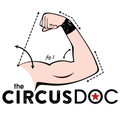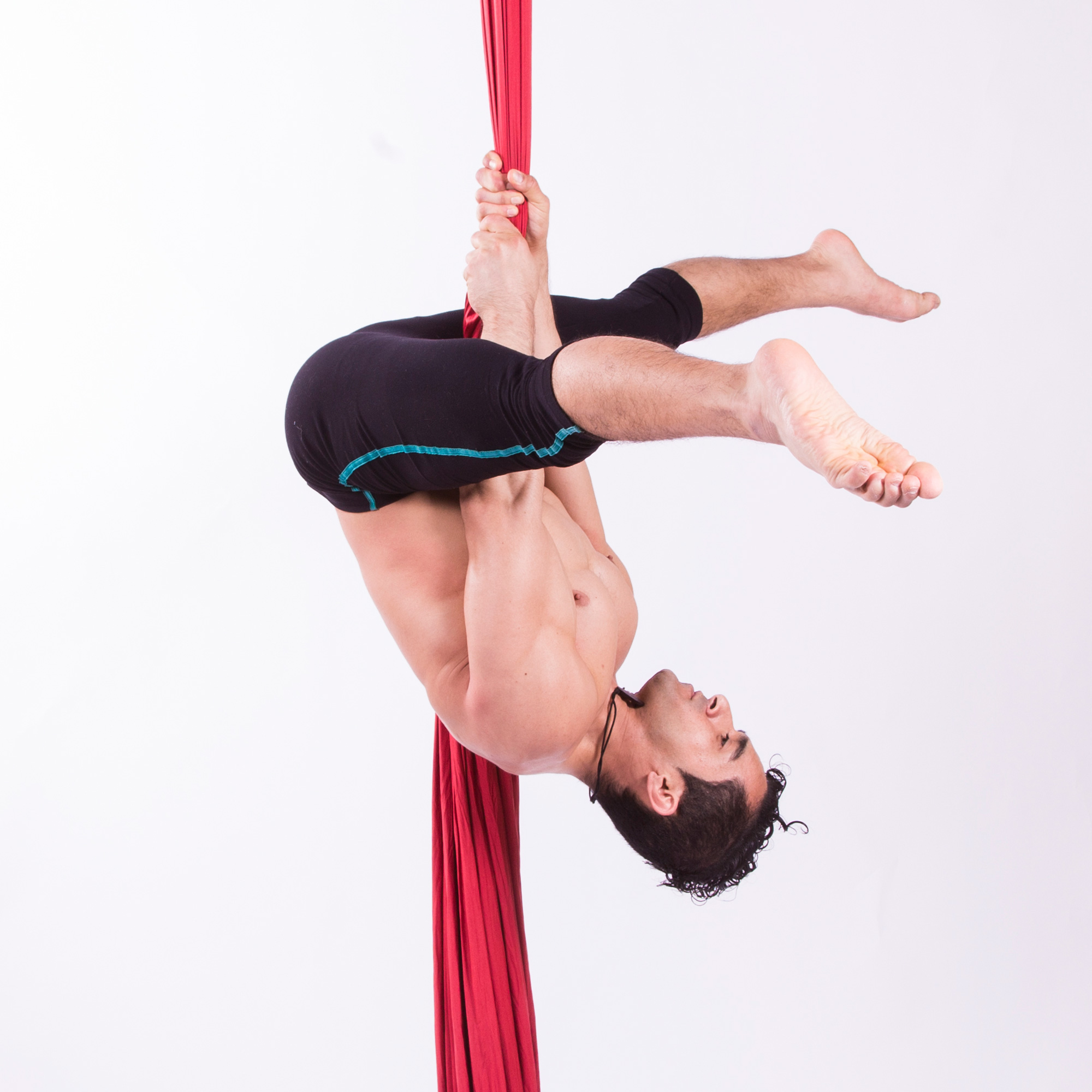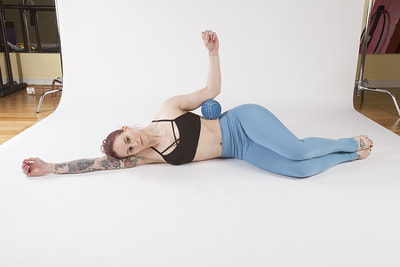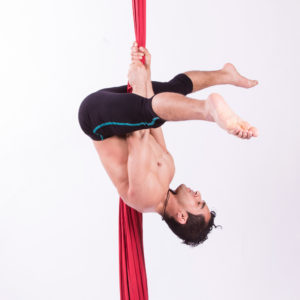 Do you feel like your grip strength isn’t up to your level of training? If you have been an aerialist for a while and feel like your grip and forearms fatigue quickly, it might be worth looking at your shoulder strength, and especially at your rotator cuff.
Do you feel like your grip strength isn’t up to your level of training? If you have been an aerialist for a while and feel like your grip and forearms fatigue quickly, it might be worth looking at your shoulder strength, and especially at your rotator cuff.
Researchers studying the shoulder have found that grip strength is strongly correlated to shoulder muscle recruitment and function. What they found is that when you are gripping, especially with the arm overhead, muscle activity increases in the shoulder stabilizers. This relationship is particularly found with the lateral rotators of the shoulder. These small muscles are the ones we use to “break the bar” and rotate our elbows forward to stabilize the shoulder in the socket.
However, this relationship also shows that if you have weak shoulder stabilizing muscles, grip strength suffers. Without a strong and stable base, your grip muscles cannot generate as much force.
So, your weak grip could be a symptom of unstable shoulders.
If you have concerns, try these tips:
Take a new look at how you are hanging. Hanging is the basis of all we do in the air. It is a great place to start to recognize how you are using your shoulders to support your motion. Make sure your shoulder blades are anchored on your back with your middle and lower trapezius, that your elbows are trying to point forward, and that your lats are relatively relaxed.
Strengthen your rotator cuff. (Extra stable shoulders never hurt) My favorite simple exercise for the lateral rotators is done in side-lying as pictured below. Be sure that you are spinning the arm in the socket. Watch out for the shoulder tipping forwards, or squeezing the arm into your side. These cheats can steal the workout away from those small but mighty rotators. If you can easily do this exercise with more than 5 lbs, you are probably cheating.
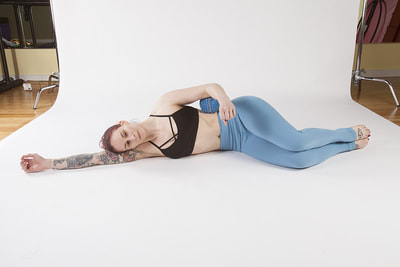
References
Antony NT and Keir PJ. Effects of posture movement and hand load on shoulder muscle activity. J Electormyog Kinesiol 2009; 17: 578-86 (Link to Full Text)
Horsley I, et al. Do Changes in hand grip strength correlate with shoulder rotator cuff function? Shoulder Elbow 2016; 2: 124-9 (Link to Full Text)
Mandalisis D and O’Brien M. Relationship between hand-grip isometric strength and isokinetic moment data of the shoulder stabilisers. J Bodyw Move Ther 2010; 14: 19-26 (Link to Abstract)
Sporrong H, Palmerud G and Herberts P. Influences of handgrip on shoulder muscle activity. Eur J Appl Physiol 1995; 71: 485-92 (Link to Abstract)
Photo courtesy of Danny Boulet of WittyPixel Photography.
